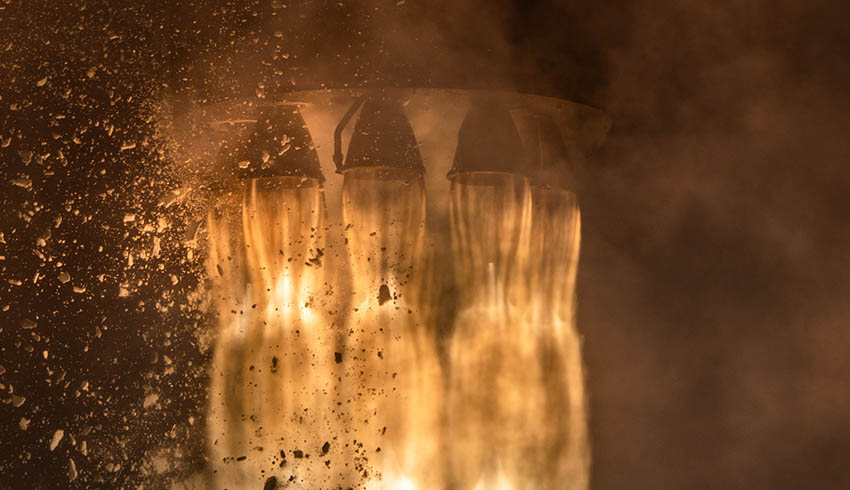That will include the second annual Australian Universities Rocket Competition, organised by the Australian Youth Aerospace Association. It started last year with the objective of providing graduate engineers and scientists with the skills required to participate in Australia’s growing aerospace and space industries.
It also aims to provide a practical competition for Australian students with a passion for rocketry. The event, which boasts of flames, smoke, noise and thousands of rockets for one weekend only, will be staged on property west of Brisbane. As well as Australian participants, the event will be attended by rocketeers from the US, New Zealand, India, Japan, Germany, the Netherlands and the UK.
Among those participating will be students from the University of Queensland, who will launch two rockets, each carrying an experimental payload.
One will be a mechanical replica of the human cardiovascular system developed in collaboration with the University of Queensland Physics Club, while the other will be an advanced live telemetry system.
“We’re incredibly excited about the competition, which is the first of its kind in Australia, and is held at a major event hosting rocketeers from New Zealand, USA, India, Germany, Netherlands, England and Japan,” said UQ Space managing director and engineering student Myrthe Snoeks.
“This is our opportunity to showcase our student-built rockets – Project Athena, launching to 10,000 feet, and Project Minerva, launching to 30,000 feet.”
These are advanced rockets that will exceed the speed of sound, achieving maximum speeds of Mach 1 and Mach 2.25.
“UQ Space is less than a year old, so to have been able to develop two highly complex projects and collaborate with such a diverse group of people has been incredible,” Snoeks said.
Physics club member Robert Hislop worked on the team that developed one of the four kilogram rocket payloads necessary to participate in the competition.
“We’re hoping that this payload – sent on Project Minerva – will allow us to study the effect of g-force loss on consciousness, all without having to rely on human test subjects,” he said.
“The apparatus is being built using SLS-3D printing technology and will use three columns to replicate the cardiovascular system, creating a flow of fluid after launch.”
Hislop said the Australian Defence Force already had pretty well-established techniques for simulating and reducing g-loads, in particular g-suits – pressurised garments worn by fighter pilots and astronauts to enable them to withstand high gravitational forces.
“Mechanical options like this allow medical researchers to investigate alternative breathing techniques and technologies with minimum cost,” he said
“We’ll be able to simulate the cardiovascular system, helping better understand high-acceleration space-flight’s impact on the human body.”

